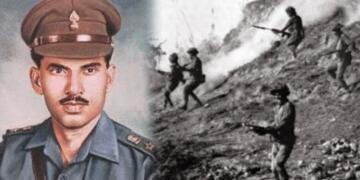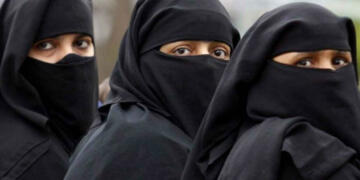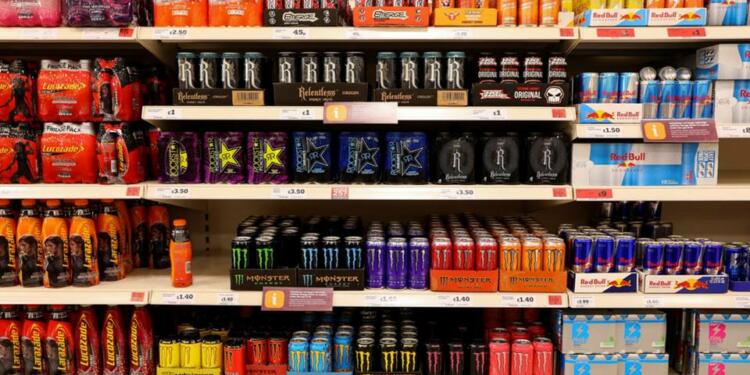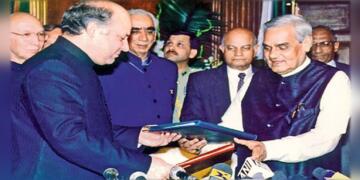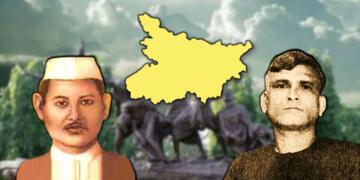Two of the founding pillars of consumerism are innovation and the flow of money. The first is the ultimate factor behind the second one. For innovation, the world relies on scientists. Unfortunately, scientists do not look into ancient anatomical scriptures where knowledge about every minute detail of nature is ingrained. So, innovation is moving at a slow pace. As a result of slow innovation, companies rely on inventing a new problem in order to sell the old-school solution. Nothing represents this phenomenon more than the Energy drinks market.
First attempt fell on its face
If you believe energy drinks are recent inventions then here is an eye-opener for you. Energy drinks are as old as civilization itself. Water is the best example. But, since it’s almost free, people do not realise its importance.
By the end of the 19th century, companies came up with new ideas to make money. As Pepsi and Coca-Cola started to prop up the soft drink market, their alleged ‘energy-giving quality’ became the key factor behind their fame. In fact, Pepsi was marketed as an energy booster. The name Coca in Coca-Cola represents Coca leaves while Cola represents Kola nuts, both being stimulants.
Later, lawsuits were filed in the US over the addictive nature of these drinks. Though the Food and Drugs Administration (FDA) of the USA failed to substantiate the risks associated with these drinks, still the bad rep the industry got brought an end to the flurry of energy drinks. People stopped referring to Pepsi and Coca-Cola as energy drinks.
Attempts to reinvigorate and Krating Daeng
Over the next 5 to 6 decades, various countries and companies therein tried different tactics to launch new energy drinks. In 1927, a Newcastle pharmacist, William Walker Hunter promoted his Glucozade Energy (Lucozade) as a drink that helped patients recover quickly.
Similar ideas were launched in places like Japan, the USA, Australia, and New Zealand among other flourishing markets. But, the idea failed to gain traction, primarily because people did not need it much as they were more in touch with nature.
Finally, Global warming started to crack deserved headlines and people started to feel a tad higher amount of fatigue than their parents. In Thailand, a Japanese drink called LIPOVITAN-D was used to provide a bit more stamina to the average industrial class worker. A businessman named Chaleo Yoovidhya introduced a sweeter version of the booster called Krating Daeng.
In 2 years, it became the top energy drink brand in Thailand with its consumer base mainly being average workers based in rural Thailand. It adopted an aggressive promotion strategy, and the brand soon got attached with Muay Thai. Through this, the Krating Daeng, owned by Chaleo’s company named T.C. Pharmaceuticals, gained urban fans as well.
Red Bull built on the success of Krating Daeng
It is this urban fan base that later became a key factor in the rise of Red Bull. Dietrich Mateschitz was an employee of a German Company named Blendax, a toothpaste manufacturer. So, he knew a thing or two about the chemicals. He travelled to Thailand in 1982 and was surprised to find that his Jet lag was cured by consuming Krating Daeng. He immediately decided to go in-depth into the financial and other aspects of the company.
Dietrich Mateschitz took Chaleo on board and both of them founded Red Bull GmbH. Later it was changed to Red Bull, a name more suitable for English speaking world because the consumer base was situated there. Mateschitz was unanimously elected as the leader of the company. 2 per cent of the shares were allotted to Yoovidhya’s son, while Yoovidhya and Mateschitz held the rest, amounting to 49 per cent each.
It was the beginning of the globalisation of Krating Daeng. With changing market demands, you have to adapt to them accordingly. Especially, in western markets, originality does not get you numbers. You have to sugarcoat your products by telling them that it has something which could make them happy. The brand name Krating Daeng had to be omitted from ads and it had to be sold by the name of Red Bull. The word Bull gave them more eyeballs as it represented a fighting spirit.
Strategies adopted by Red Bull
To solve the problem of instant gratification which the customers wanted, Red Bull decided to tamper with the ingredients of the drink. While maintaining core ingredients, it added Carbonation to enhance the taste. Alcohol was also added in mild proportions.
But it still failed to gather momentum during its initial years. Apart from some regulatory checks and balances that Red Bull was grappling with, it also had to face a perception crisis. Red Bull originated from Thailand, and at that juncture of time, Thailand was not considered a credible place in the western world to rely on its products.
Red Bull adopted a top-down approach to solve this problem. Since, the upper and upper-middle class were now engaged in blue-collared work, which is unnatural to the human body and tends to create more stress, Red Bull told them that the trouble in their body is the same as fatigue caused by physical work. As a result of this propaganda as well as their attractive packaging, Red Bull became the favourite drink of Blue-Collar workers.
Targeting the wholesale market, the company found another cash cow; parties of the corporate world. People do drink a lot at parties, but a large section prefers low content of Alcohol. But even those people wanted unlimited energy to “party all night”. It is exactly here that Red Bull filled in the gaps. Its energy drink was promoted as a kind of magic that could keep a foot skipping around all night on the dance floor. Needless to say, it was propaganda. Due to the presence of caffeine and taurine, Red Bull simply blocked nerve receptors for a brief period.
Hyper-masculinity, extreme sports and Energy drinks
Red Bull became an instant success. Today companies like Monster Beverage, and Rockstar Energy among others are the other big names in the market alongside Red Bull. One common feature of these brands is that they have associated themselves with hyper-masculinity.
As feminism spread its reach, western masculinity had started to take feminine hits and it was on a decline. Men needed meaning in their lives, and extreme sport is what every man desires deep in his heart.
Companies took advantage of this aspect, and today these companies sponsor almost every major sports event. On the back of it, due to the visuals of players taking energy drinks, companies made massive returns on investments. Red Bull alone is a hot product in 172 countries, and its annual sales are only increasing at a double-digit rate every year.
These companies have diversified their product portfolios as well. Through their new products, they are claiming that they will solve the problem created by their products. For example, to lure customers who have realized that sugar content in these drinks is dangerous high as they cause diabetes and help put on weight, the companies launched products claiming them to be sugar-free and zero-calorie. All it did was induce some changes in the product description and people splurged their money on them. In fact, now these energy drinks come in different flavours as well.
A fortune built on a sham
The original content has been diluted to such an extent that it is next to impossible to find it in the market. By tampering with the packing, companies have removed the label of medical products from these drinks. Before Red Bull, these drinks were mainly sold in pharmacies, particularly in Asia and other places just freed from the clutches of colonialism. Energy drinks were originally ‘sick man’s drink’. Now, it is a sign of social status. Talk about a turnaround, huh!
The annual turnover of the global energy drinks market is expected to reach $53.1 billion by the end of the year. Within 5 years, this number will touch $86.1 billion with a CAGR of 7.1 per cent.
In India, the market is slated to grow at a higher rate of 9.98 per cent. It is because the Indian consumer spending is expected to register an uptick and companies are prepared for it. There are more product varieties available to an Indian consumer than an average Tom of the western world. With its launch of Sting in 2017, PepsiCo Inc. kicked off the process of competition and soon other companies followed up and they are doing it extravagantly.
People need to get over energy drinks
However, the fact of the matter is that at a much lesser price, the average Indian worker drinks a glass of ‘sattu’ and toils for 4 to 5 hours before having lunch. These Carbonated drinks are nothing but highly manipulated products, designed to pull money from the bank accounts of the consumers. No one is looking at its dangerous consequences. Today, it not only blocks your ability to stay in touch with circadian rhythm but also your ability to realize that something like this is even happening to us.
But who cares? If something is an indication of social status, people will run behind it like a bloodthirsty hound salivating for meat. This is the main addiction that society needs to fight off. Chemical addiction is just a subset of it.
Support TFI:
Support us to strengthen the ‘Right’ ideology of cultural nationalism by purchasing the best quality garments from TFI-STORE.COM.
Also Watch:



